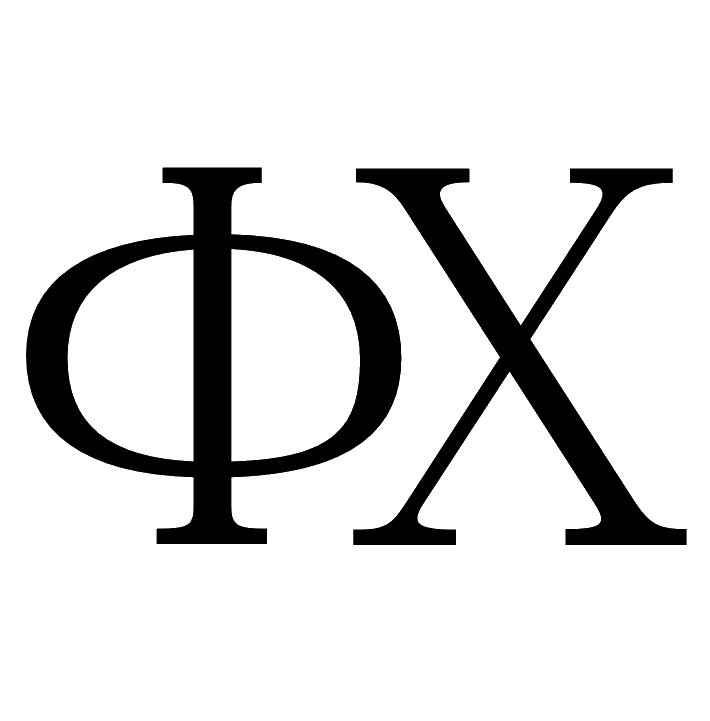Determining the evaporation energies of alkali and alkaline earth metal atoms using field desorption
D.P. Bernatskii, V.G. Pavlov
Ioffe Institute
DOI: 10.26456/pcascnn/2023.15.032
Original article
Abstract: The desorption of cesium and barium atoms from a quasi-spherical nanostructured surface of a field emitter has been studied using the method of field desorption microscopy. The dependences of the desorbing electric field strength on the degree of cesium and barium coating of the rhenium and tungsten field emitter at migration equilibrium are obtained. Migration equilibrium occurs at a certain emitter temperature when, due to the surface diffusion, the concentration of adsorbate is redistributed on various surface areas depending on the local heat of evaporation of adatoms from these areas. It is shown that when the migration equilibrium condition is met on the nanostructured surface of the field emitter, on which there are flat low-index crystal faces with different output work, the desorption has an avalanche-like character with the removal of the entire adsorbate. This behavior of the field desorption is characteristic of atoms of alkaline and alkaline earth metals, associated with a sharper increase in the work function compared with an increase in the evaporation energy of the atom with a decrease in the adsorbate concentration. As a result, the ion desorption energy decreases with an avalanche-like increase in the desorption rate. Taking into account the same desorbing field on all parts of the surface, which follows from the characteristics of Fowler Nordheim, the heat of evaporation of adsorbate atoms on different parts of the surface with different work function is determined within the framework of the image forces model for field desorption.
Keywords: field desorption microscopy, atom evaporation energy, field emitter, rhenium, tungsten, alkaline and alkaline earth metals, migration equilibrium
- Dmitrii P. Bernatskii – Ph.D., Senior Researcher, Ioffe Institute
- Victor G. Pavlov – Dr. Sc., Senior Researcher, Ioffe Institute
Reference:
Bernatskii, D.P. Determining the evaporation energies of alkali and alkaline earth metal atoms using field desorption / D.P. Bernatskii, V.G. Pavlov // Physical and chemical aspects of the study of clusters, nanostructures and nanomaterials. — 2023. — I. 15. — P. 32-39. DOI: 10.26456/pcascnn/2023.15.032. (In Russian).
Full article (in Russian): download PDF file
References:
1. Gross H. From the discovery of field ionization to field desorption and liquid injection field desorption/ionization-mass spectrometry-A journey from principles and applications to a glimpse into the future, European journal of Mass Spectrometry, 2020, vol. 26, issue 4, pp. 241-273 DOI: 10.1177/1469066720939399.
2. Isahanov Z.A., Kosimov I.O., Umirzakov B.E., Erkulov R.M. Modification of the surface properties of free Si–Cu films by implantation of active metal ions, Technical Physics, 2020, vol. 65, issue 1, pp. 114-117. DOI: 10.1134/S1063784220010090.
3. Maishev Y.P. Creation and development of the ion beam technology, Russian Microelectronics, 2019, vol. 48, issue 6, pp. 347-363. DOI: 10.1134/S1063739719050068.
4. Bernatskii D.P., Pavlov V.G. Investigation of a solid surface using continuous-mode field-desorption microscopy, Bulletin of the Russian Academy of Sciences: Physics, 2009, vol. 73, issue 5, pp. 673-675. DOI: DOI: 10.3103/S1062873809050438.
5. Beach Th., Vanselow R. Adsorption studies of aluminum oxide on rhenium by means of field emission microscopy, Applied Physics, 1974, vol. 4, issue 3, pp. 265-270. DOI: 10.1007/BF00884238.
6. Shrednik V.N., Snezhko E.V. Avtoelektronnaya mikroskopiya Na na W v usloviyakh migratsionnogo ravnovesiya [Autoelectronic microscopy of Na on W under conditions of migration equilibrium], Fizika tverdogo tela [Physics of the Solid State], 1964, vol. 6, issue 11, pp. 3409-3422. (In Russian).
7. Dobretsov L.N., Gomoyunova M.V. Fizicheskaya elektronika [Physical electronics], Moscow, Nauka Publ., 1966. 564 p. (In Russian).
8. Schmidt L.D., Adsorption of barium on tungsten: measurements on individual crystal planes, The Journal of Chemical Physics, 1967, vol. 46, issue 10, pp. 3830-3841. DOI: 10.1063/1.1840456.
9. Müller E.W., Tsong T.T. Field ion microscopy, field ionization and field evaporation, Progress in Surface Science, 1974, vol. 4, pp. 1-139. DOI: 10.1016/S0079-6816(74)80005-5.
10. Müller E.W. Avtoionizatsiya i avtoionnaya mikroskopiya [Field ionization and field ion microscopy], Uspekhi Physics, 1962, vol. 77, issue 3, pp. 481-552. 10.3367/UFNr.0077.196207c.0481. (In Russian).
11. Klimenko E.V., Naumovets A.G. Ob elektronnom sostoyanii adsorbirovannykh atomov tseziya, litiya i bariya na grani (110) vol'frama [On the electronic state of adsorbed cesium, lithium and barium atoms on the (110) facet of tungsten], Fizika tverdogo tela [Physics of the Solid State], 1971, vol. 13, issue 1, pp. 33-40. (In Russian).
12. Dalgarno A. Atomic polarizabilities and shielding factor. Advances in Physics, 1962, vol. 11, issue 44, pp. 281-315. DOI: 10.1080/00018736200101302.
13. Ageev V.N., Ionov N.I., Medvedev B.K., Yakshinskii B.V. Kinetika termodesorbtsii atomov i ionov tseziya s poverkhnosti grani (001) vol'frama [Kinetics of thermal desorption of cesium atoms and ions from the surface of the (001) tungsten facet], Fizika tverdogo tela, [Physics of the Solid State], 1978, vol. 20, issue 5, pp. 1334-1338. (In Russian).
14. Medvedev V.K., Yakovkin I.N. Adsorbtsiya bariya na granyakh Mo(112) i Re (101̅0) [Adsorption of barium on the Mo (112) and Re (101̅0) facets] Fizika tverdogo tela [Physics of the Solid State], 1981, vol. 23, issue 3, pp. 669-677. (In Russian).
